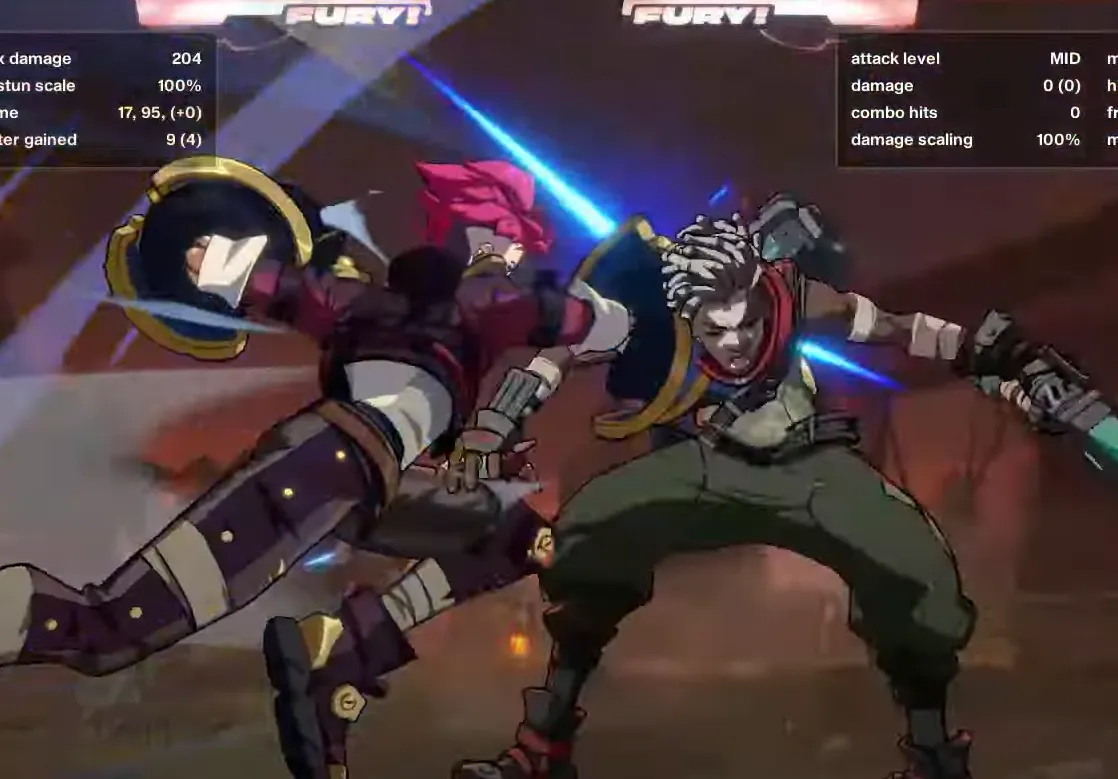Sidekick is a fuse that simplifies 2XKO’s tag game without turning assists off. You pilot one character for the entire round while your partner stays on the sidelines, still available for non-tag support. In return, you get more health, stronger defense under pressure, extra meter to start, and new ways to chain Supers.
What Sidekick changes (at a glance)
| Category | Details | Notes |
|---|---|---|
| Tagging tools removed | No Quick Tag, Handshake Tag, or Tag Launcher | You cannot swap your point and assist mid-round |
| Assist actions retained | Assists remain available, including Super Assist and Push Assist; Break is available | Your assist champion supports but never tags in |
| Round-start tool | Fury Break is available from the opening bell | Fury Break is a stronger Break; on stun it can create powerful follow-ups |
| Health and defense | +20% max HP; 25% less damage when at 500 HP or lower | The damage reduction only applies at 500 HP or below; the effective extra HP depends on the hit that crosses the threshold (0–167) |
| Meter economy | Start each round with 2 bars; maximum 5 bars | Gives earlier access to Supers and longer routes |
| Super chaining | Cancel your S1/S2 Super into your assist champion’s S1/S2 Super | Opens reliable two-Super enders without switching |
| On-hit damage reduce | Press L, M, or H on impact to reduce damage | Successful timing shows blue sparks on your character |
| Charged assist movement | Hold the Tag button to charge; release to perform the assist after they traverse the screen | Lets you reposition pressure before the assist fires |
What you give up vs. what you keep
Sidekick cuts the core tag options out of your kit. That means no quick momentum swaps, no Handshake scramble pressure, and no tag-based launchers to extend combos. You are committing to your point champion for the entire round.
You still get the assist layer. Your partner can throw out their normal assist actions on command, convert into Super Assist when you spend meter, and perform Push Assist to create space on defense. You also retain Break and get Fury Break from the start, so you always have a threat that can crack armor or enable big punishes when the opponent is stunned.
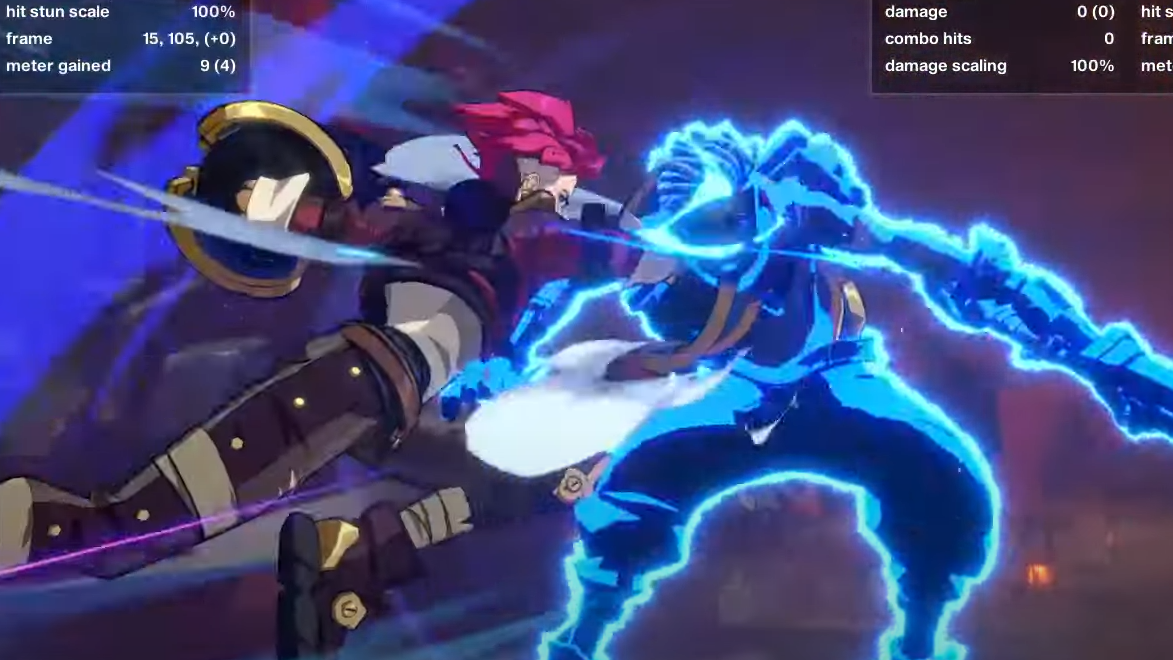
Meter, Supers, and why Sidekick’s cancels matter
Starting each round with two bars and raising the cap to five changes your flow immediately. You can threaten Super earlier in neutral, cash out on an early hit, or save for a two-Super ender. The fuse-specific cancel—your S1/S2 straight into your assist’s S1/S2—makes meter dumps more consistent and lets teams find routes that don’t rely on a tag swap.
In practice, think of Sidekick’s Super cancel as a built-in “double finish.” If your point Super keeps the opponent airborne or locked long enough, the assist’s Super tacks on extra damage or a final knockdown without needing a Handshake Tag. It’s a stable way to secure rounds when you’ve banked meter.
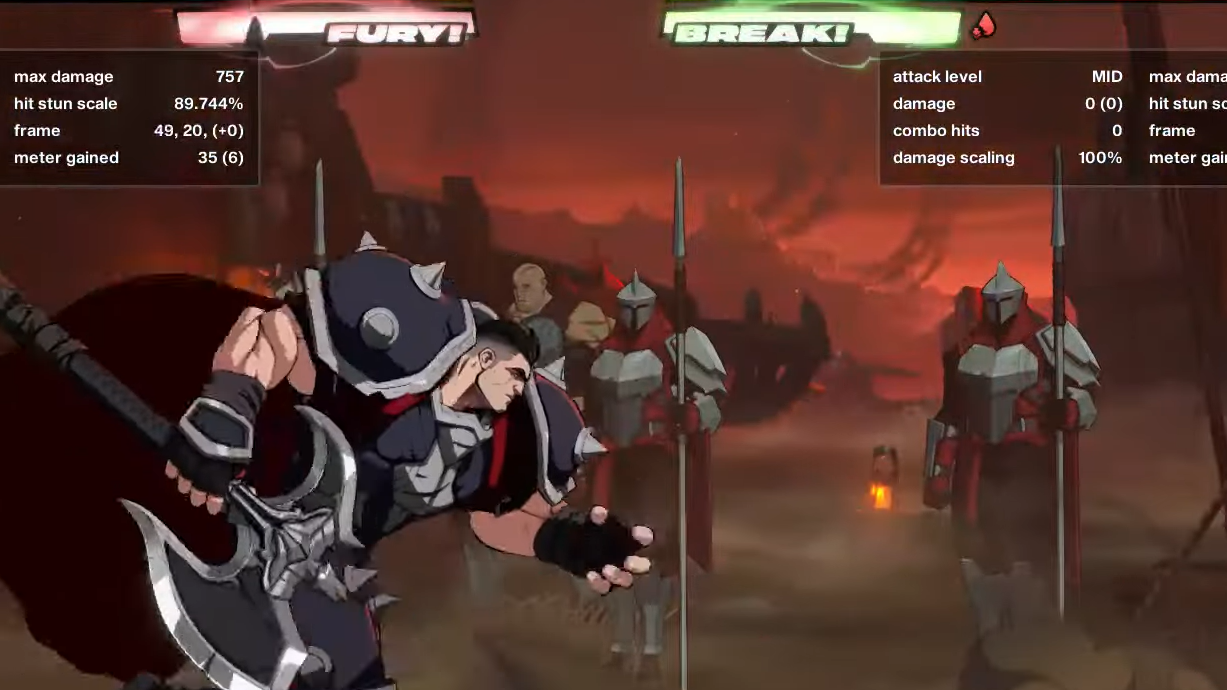
Defense with Sidekick: tanky late, interactive mid-combo
- Low-health mitigation: When your life hits 500 HP or less, incoming damage is reduced by 25%. The mitigation only turns on at that threshold, so a hit that leaves you at, say, 480 HP benefits fully, while the hit that drops you from above 500 to below it doesn’t. That’s why the “effective” bonus ranges from 0 to 167 HP depending on the damage that crosses the line.
- On-hit reduce: Tapping L/M/H precisely as you’re being struck reduces the damage of that hit sequence. You’ll see blue sparks when the timing is correct. It’s not a parry; you’re still blocking or getting hit, but you’re trimming the payout.
- Push Assist remains: You can still push block and call assistance to escape pressure, even without tags, which makes up for some lost defensive swap options.
Assist control nuances you only get with Sidekick
The charged assist matters more when you can’t tag. Holding the Tag button makes your assist champion travel before executing their action when you release. That lets you:
- Carry the assist’s hitbox forward to catch backdashes or rollaways
- Set delayed pressure while you reposition your point character
- Cover screen space in neutral before committing to a button
Because your partner never becomes point, their survivability is not the bottleneck; use them as a moving screen to force blocks and set up your approach.
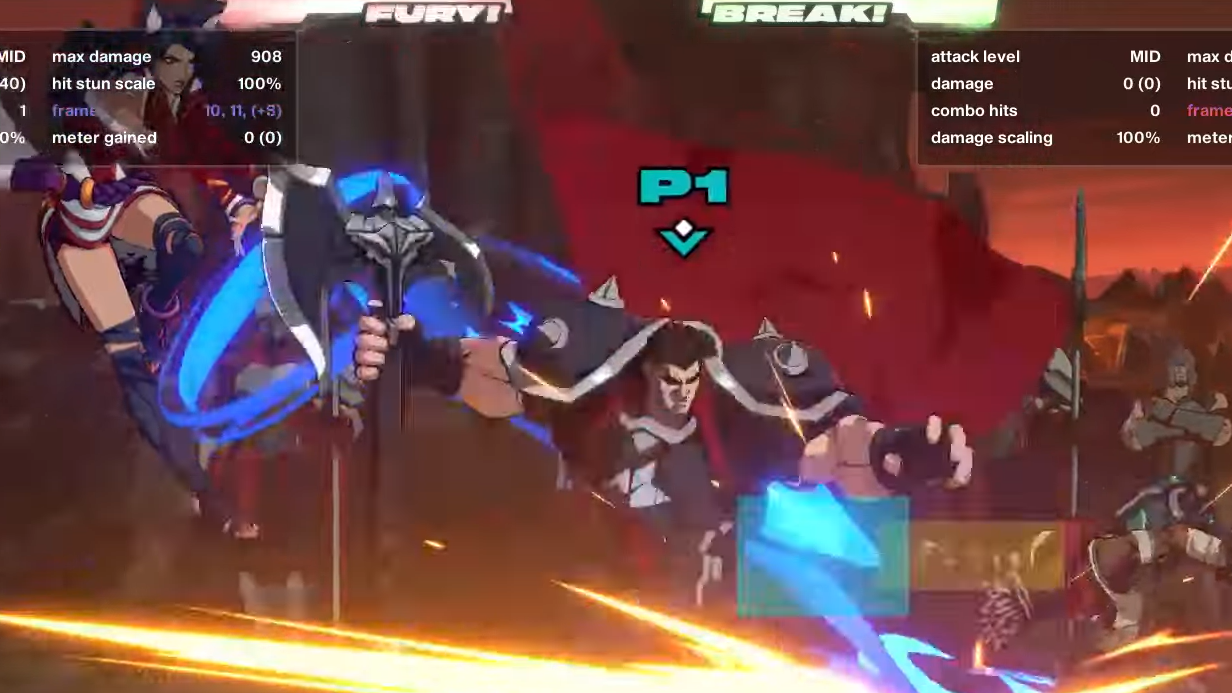
Who Sidekick is for
Sidekick is built for players who want to focus on one character’s game plan without losing the assist layer entirely. If you’re coming from traditional 1v1 fighters, it smooths the transition: no tag micro, but enough team play to learn assist timing, Super layering, and meter management. It’s also a comfortable pick when you’re duoing with a newer player: they can contribute through assists and Super follow-ups without having to anchor a round on point.
At higher levels, you’re trading explosive tag pressure and complex routes for durability, early meter, and guaranteed Super chains. If your main excels with straight-line offense and doesn’t rely on tag-specific extensions, Sidekick gives you a clean, durable game plan that’s easier to pilot under stress.
Edge cases and practical notes
- The 500 HP threshold is exact. Damage reduction begins only once you are at or below that number; hits that occur above it are unaffected.
- Two-Super finishes depend on your team’s Super properties. If the first Super launches too far or ends with a hard knockdown too quickly, the assist Super may whiff; build routes that keep the opponent in place long enough for the cancel.
- Charged assists can overshoot if released too late. Watch spacing so the assist doesn’t pass the opponent before the move triggers.
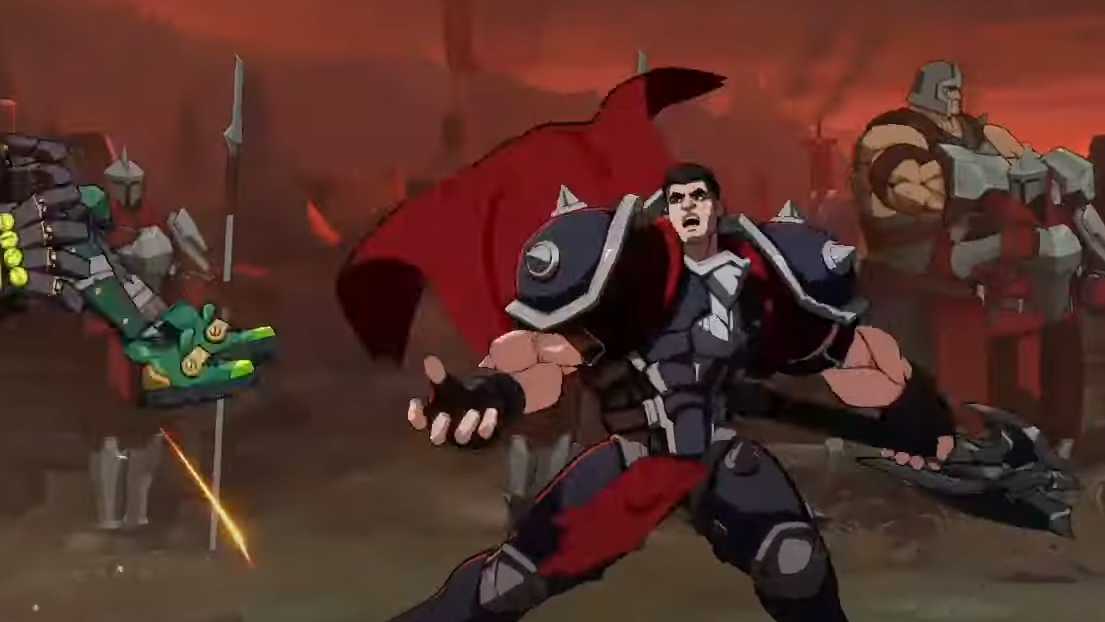
The trade is simple: no swaps, more staying power, and a streamlined path to reliable damage. If you want a steadier way to learn 2XKO’s duo rhythm—or you just prefer to live and die by one champion while still calling the shots from the backline—Sidekick does exactly that.

